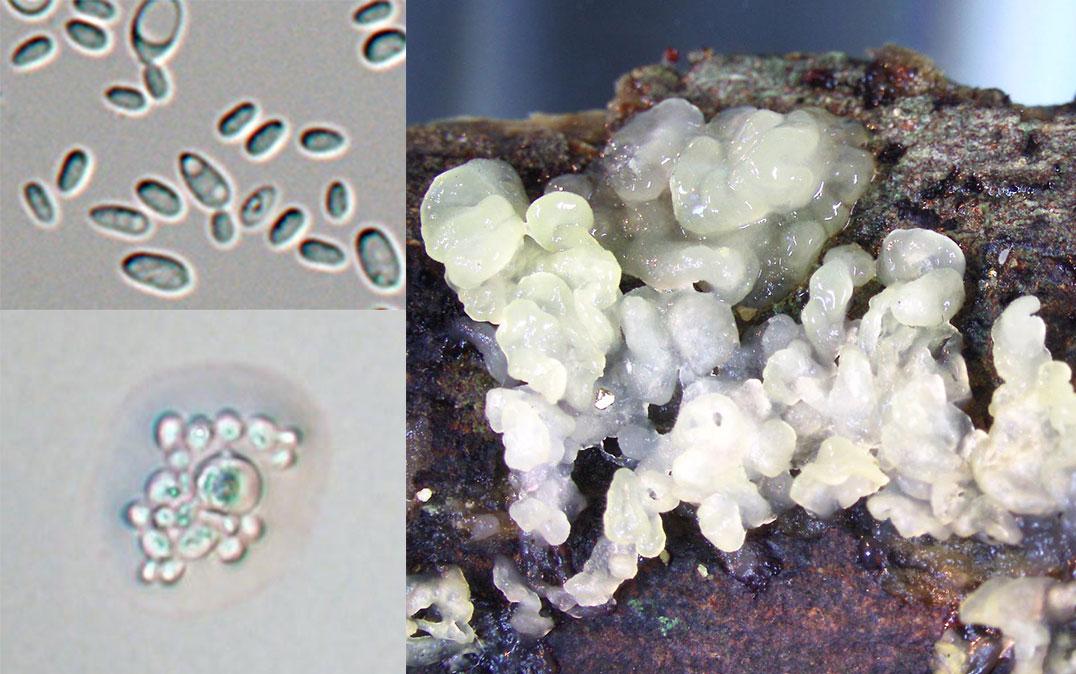ペンシルベニア州立大学主導の共同研究により、抗生物質耐性低下のメカニズムを解明 Penn State-led collaboration reveals mechanism underpinning reduced antibiotic resistance
2022-11-15 ペンシルベニア州立大学(PennState)
in vitro実験、イメージング、数学的解析を駆使して、研究者達は、イオン交換生体材料(IXB)であるコレスチラミンが、マイナスに帯電した抗生物質をその表面に静電的に引き寄せることを発見した。
捕獲されたDAPは、IXBとともに体内を通過する。IXBがDAP(静脈内投与型抗生物質ダプトマイシン)除去能力を最大にするのに約4時間かかり、ほぼ100%のDAPを除去することができる。
<関連情報>
- https://www.psu.edu/news/engineering/story/fda-approved-cholesterol-medicine-may-help-prevent-antibiotic-resistance/
- https://pubs.acs.org/doi/10.1021/acsami.2c14894
ダプトマイシンを捕捉し、標的外の細菌集団における耐性進化を防止するイオン交換生体材料 Ion Exchange Biomaterials to Capture Daptomycin and Prevent Resistance Evolution in Off-Target Bacterial Populations
Shang-Lin Yeh, Naveen Narasimhalu, Landon G. vom Steeg, Joy Muthami, Sean LeConey, Zeming He, Mica Pitcher, Harrison Cassady, Valerie J. Morley, Sung Hyun Cho, Carol Bator, Roya Koshani, Robert J. Woods, Michael Hickner, Andrew F. Read and Amir Sheikhi
ACS Applied Materials & Interfaces Published:September 14, 2022
DOI:https://doi.org/10.1021/acsami.2c14894

Abstract
Daptomycin (DAP), a cyclic anionic lipopeptide antibiotic, is among the last resorts to treat multidrug-resistant Gram-positive bacterial infections, caused by vancomycin-resistant Enterococcus faecium or methicillin-resistant Staphylococcus aureus. DAP is administered intravenously, and via biliary excretion, ∼5–10% of the intravenous DAP dose arrives in the gastrointestinal (GI) tract where it drives resistance evolution in the off-target populations of E. faecium bacteria. Previously, we have shown in vivo that the oral administration of cholestyramine, an ion exchange biomaterial (IXB) sorbent, prevents DAP treatment from enriching DAP resistance in the populations of E. faecium shed from mice. Here, we investigate the biomaterial–DAP interfacial interactions to uncover the antibiotic removal mechanisms. The IXB-mediated DAP capture from aqueous media was measured in controlled pH/electrolyte solutions and in the simulated intestinal fluid (SIF) to uncover the molecular and colloidal mechanisms of DAP removal from the GI tract. Our findings show that the IXB electrostatically adsorbs the anionic antibiotic via a time-dependent diffusion-controlled process. Unsteady-state diffusion-adsorption mass balance describes the dynamics of adsorption well, and the maximum removal capacity is beyond the electric charge stoichiometric ratio because of DAP self-assembly. This study may open new opportunities for optimizing cholestyramine adjuvant therapy to prevent DAP resistance, as well as designing novel biomaterials to remove off-target antibiotics from the GI tract.


